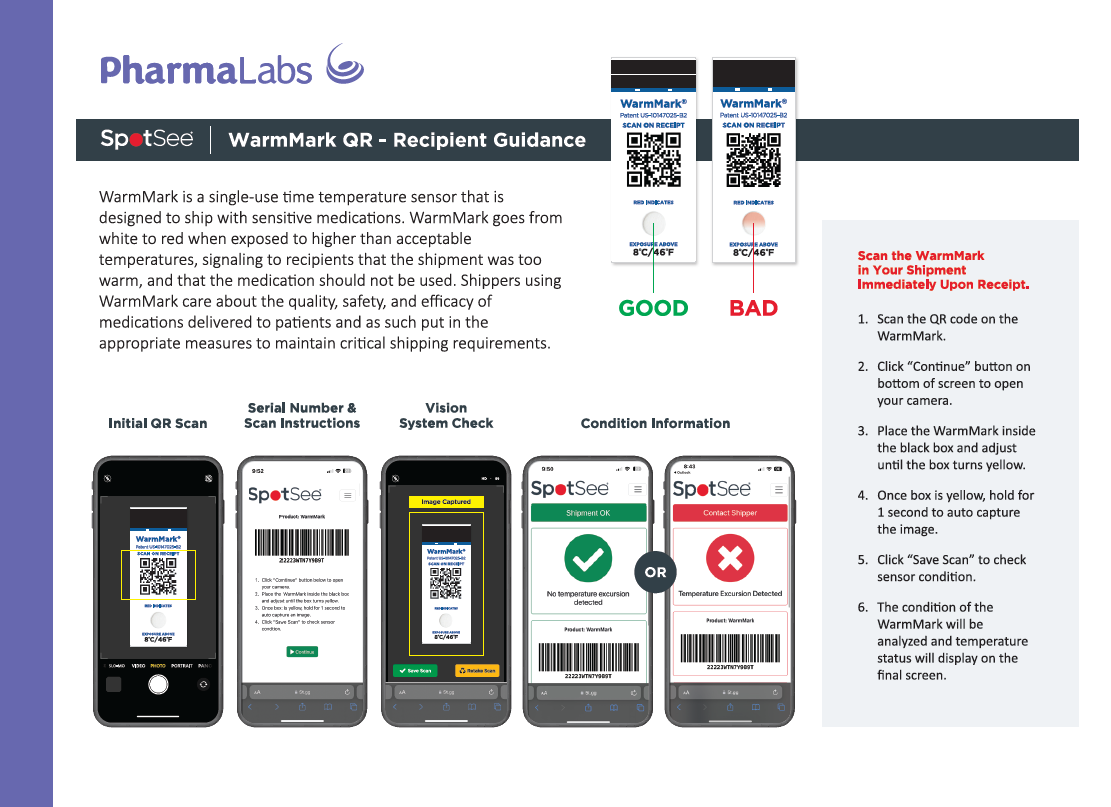Find A Doctor
menMD can help you connect with a provider
Have Questions?
- (857) 233-5837
M-F 8am-9pm EST
Sat 9am–5:30pm EST

Getting temperature-sensitive medication delivered requires understanding a few simple details about our pharmacy partners’ packaging and temperature control.
Most questions patients have about their temperature-sensitive deliveries center around the same concerns: temperature monitoring, finding their medication, and knowing what to do if something seems wrong.
This Q&A guide addresses the most common delivery questions for cold shipped products to help you receive your medications safely and know exactly what steps to take when your package arrives.

For all cold-ship packages, a temperature sensor will be included to ensure that no excessive temperatures are experienced for an extended amount of time during transit. Note: The temperature sensor monitors temperature changes over time, not instant temperature.
Think of it as a chemical reaction tracker that records if your medication experienced sustained heat exposure. The sensor shows whether your package stayed within acceptable ranges over the duration of its entire journey, regardless of how the package feels when you receive it.
When you open your package, and find the temperature indicator (which is located inside the prescription bottle), you’ll see a small indicator circle. If it appears clear or unchanged, your medication is fine. If you notice any pink or red coloring, that signals a potential temperature issue.
If you review the indicator circle and you’re unclear or want to confirm what you’re seeing, each sensor includes a QR code you can scan with your phone for definitive results by showing a ✅ or an ❌.
The sensor reading matters far more than whether your package feels warm or cold to the touch.
My package feels warm or the ice packs have melted. Is my medication still safe?
Your medication doesn’t need to arrive cold. The ice packs prevent temperature excursions during shipping, it does not keep products frozen or refrigerated. For instance, testing shows trimix medications remain stable for four days at temperatures over 90 degrees. Melted ice packs are completely normal and expected at this temperature. If they’re melted, that means they’ve done their job of moderating the temperature during transit. Always check the temperature sensor indicator rather than judging by package temperature or ice pack status yourself. If you’d like to learn more about any given medication’s requirements, visit our pharmacy partner, PharmaLabs, and use their Rx Lookup tool to view all of the information for your particular product.
What should I do immediately when my package arrives?
Open your package promptly and locate the temperature indicator inside the prescription bottle. Check whether it shows clear (good) or any pink/red coloring (potential issue). If you’re unsure about the reading, scan the QR code for immediate verification through the SpotSee tool (the creator of the sensors).
If you notice an issue with your medication or your package, you have 48 hours from delivery to report any concerns to customer support. This timeframe ensures quick resolution of any issues while the delivery details remain fresh and verifiable.
Where exactly is my medication in the package?
Your cold shipped medication arrives in a specific three-layer packaging system. Inside the outer shipping package, you’ll find a white envelope labeled “pop-up pouch” with a green sticker reading “Medication Inside.” This white pouch contains both your medication and the ice packs.
Many have mistaken the white envelope inside for packaging material or thinking it only contains ice packs but do not throw away this white envelope.
Your medication is inside this pouch along with the cooling elements. Always check the white pop-up pouch thoroughly before assuming anything is missing from your order.
What if I won’t be home for delivery?
It’s always best to schedule your medication delivery for a day when you’ll be available. But if for some reason you aren’t there to immediately accept your package, don’t worry, it can handle brief periods on your porch—the temperature sensor accounts for this. The 48-hour temperature threshold means your medication remains stable even if the carrier delivers a day later than expected.
If you can’t be there for delivery, consider asking a trusted neighbor to bring your package inside if you’ll be delayed or choose the time of your delivery using the carriers website (if available). Most carriers (FedEx, UPS) provide delivery confirmation with package weight, which helps verify successful delivery.
Why is my package damp or showing moisture?
Condensation forms naturally as ice packs change temperature during shipping. This moisture appears on the outside of protective packaging and doesn’t affect your medication inside. The sealed medication vials remain protected from any external dampness.
Think of it like a cold glass of water on a hot day. The condensation forms on the outside while the contents stay separate and protected.
What if I believe something is missing or stolen from my package?
Carrier tracking includes package weight at pickup and delivery. If both weights match, your complete order shipped and arrived intact. For missing medication claims, customer support checks these weight records first.
If you suspect theft after confirmed delivery, we require theft claims to provide a police report to verify the claim. Mail theft is a federal offense, and documentation helps resolve these situations properly.
What information should I have ready if I need to contact support?
Gather these items before calling:
Provide this information within 48 hours of receiving your delivery. These details help the support team understand what happened and improve service. Having the above at hand will ensure we can resolve any issues that may have occurred.
If you have any additional questions about shipping procedures, visit our Frequently Asked Questions page.